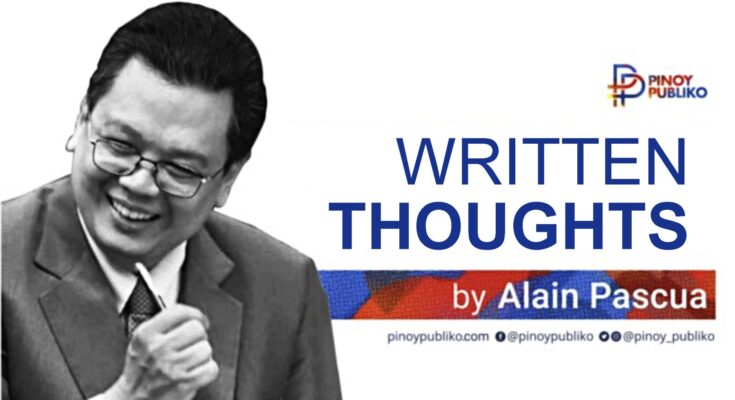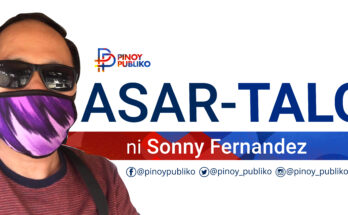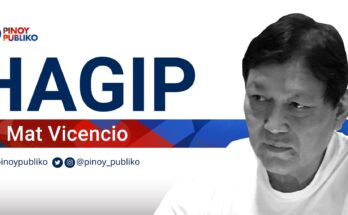I was instantly intrigued when I read the title of the first annual report of the Second Congressional Commission on Education (EDCOM II): “Miseducation: The Failed System of Philippine Education,” which was released on January 24, 2024.
The news item on their website stated that the Report notes that the Philippine education system struggles to meet the criteria of a system, defined as “a regularly interacting or interdependent group of items forming a unified whole”, falling short of establishing “a complete, adequate, and integrated system of education” as mandated by the Constitution. Instead, EDCOM reports, “agencies, bureaus, and offices have focused on their respective mandates and targets, often independent of one another”, which “has led to the ‘miseducation’—or plainly, poorly delivered education—of Filipino learners”.
The executive summary states that “Ultimately, this has led to the “miseducation”—or plainly, poorly delivered education—of Filipino learners, bringing about a profound education crisis, as has been laid bare by both national and international assessments—issues that the Commission now seeks to squarely address.”
Is EDCOM II talking about the failure of the trifocalization of education, which has led to the creation of separate government agencies responsible for overseeing each sector, such as the Department of Education (DepEd) for basic education, the Commission on Higher Education (CHED) for higher education, and the Technical Education and Skills Development Authority (TESDA) for technical education and skills development? That this trifocalization has failed in creating a “complete, adequate and integrated education system”? Recall that EDCOM I recommended this trifocalization way back in 1990.
This failure led to MISEDUCATION, which then led to a PROFOUND EDUCATION CRISIS, as the results of national and international assessments show.
My curiosity was piqued by the use of the word MISEDUCATION in the title of the report – particularly by the definition of “MISEDUCATION” as “plainly, poorly delivered education.” Is MISEDUCATION the right and accurate term to describe the current state of Philippine education, or the Philippine education system?
I was somewhat intrigued by the use of the word MISEDUCATION as I immediately recalled my first encounter with the word when I read the book “The Miseducation of the Filipino” written by historian and author Renato Constantino in 1970. When he spoke of the “miseducation of the Filipino,” he was criticizing the colonial education system imposed by the United States during its occupation of the Philippines in the late 19th and early 20th centuries.
Constantino argued that the education system introduced by the Americans served to perpetuate colonial domination and control instead of promoting genuine development and empowerment of the Filipino people. He believed that this system propagated Western-oriented values, distorted Philippine history, and instilled a sense of inferiority in Filipinos, leading to a kind of cultural and intellectual colonization.
Constantino’s critique of the miseducation of Filipinos highlighted how the curriculum and educational methods were tailored to the interests of the colonizers – often at the expense of indigenous knowledge, languages, and cultural heritage. He advocated for the decolonization of the education system and the promotion of a curriculum that empowers Filipinos to understand their history, culture, and socio-political context, thus fostering true independence and national identity.
That is what MISEDUCATION means to me. Was that the same kind of MISEDUCATION the report was talking about? Or could it be SUBSTANDARD EDUCATION?
Substandard education refers to education that is not of an acceptable level of quality or effectiveness. This means that the teaching does not meet the expected standards in terms of curriculum, teaching methods, resources or outcomes. Miseducation, on the other hand, refers to education that is flawed, biased, incomplete, or misleading. It means that the education imparted is not only below the expected standards, but also contains misinformation, indoctrination or other deficiencies that prevent proper understanding and critical thinking.
Substandard education can include a range of deficiencies in the delivery of education, including inadequate resources, poorly trained teachers, outdated curricula or ineffective teaching methods. Miseducation focuses specifically on the content and quality of education imparted, highlighting instances where students are given inaccurate information, biased perspectives, or an incomplete understanding of topics.
Substandard education can be due to a variety of factors, such as limited resources, systemic inequalities, lack of funding, or inadequate teacher training. This does not necessarily indicate intentional harm or bias. Miseducation can be the result of intentional or unintentional actions, such as biased teaching, dissemination of misinformation, ideological indoctrination or systemic bias in the education system.
To summarize, substandard education refers to education that falls below expected standards in terms of quality or effectiveness, while miseducation refers specifically to education that is flawed, biased or misleading in terms of its content or delivery.
I have not yet looked at the entire contents of the report, I haven’t read it thoroughly yet – but I will. I just skimmed and looked to see if MISEDUCATION was used any further. Only in the title and in the summary was the term used. The term may not be entirely correct or appropriate for the entirety of the report.
Well, that is just my humble opinion. I want to educate myself further when I read all the pages of the report and become convinced that it is indeed MISEDUCATION, as the Commission found out.
In fact, everyone needs to read the report and see for themselves that it is indeed MISEDUCATION and not SUBSTANDARD EDUCATION. The report may be read or downloaded at https://edcom2.gov.ph/media/2024/02/EDCOM-II-Year-One-Report-PDF-021224.pdf
But who then sets the bar that decides whether an education is a miseducation or a proper education? Or whether it is inferior or substandard, standardized or of high quality? Let’s keep this in mind when reading the report.
The report concludes with an appeal: “To be clear: the success of EDCOM lies not in solving all of the problems surfaced in this report—all of us will have to work hard to do that in the years ahead. As history has shown, a single report—or even several EDCOMS— cannot fix the education system once and for all. Its purpose is to define the scale and roots of these problems clearly, and to propose a cohesive way forward as we build a working Philippine education system. By outlining the challenges and directions in these 28 priority areas, we hope to contribute significantly to unifying the sector around the actualization of the full potential of millions of Filipino learners and help them thrive in the rapidly changing world of the 21st century.”
So let us all help to clearly define the extent and roots of the problems in Philippine education. Let’s start doing this by weighing in with the use of the term MISEDUCATION.





